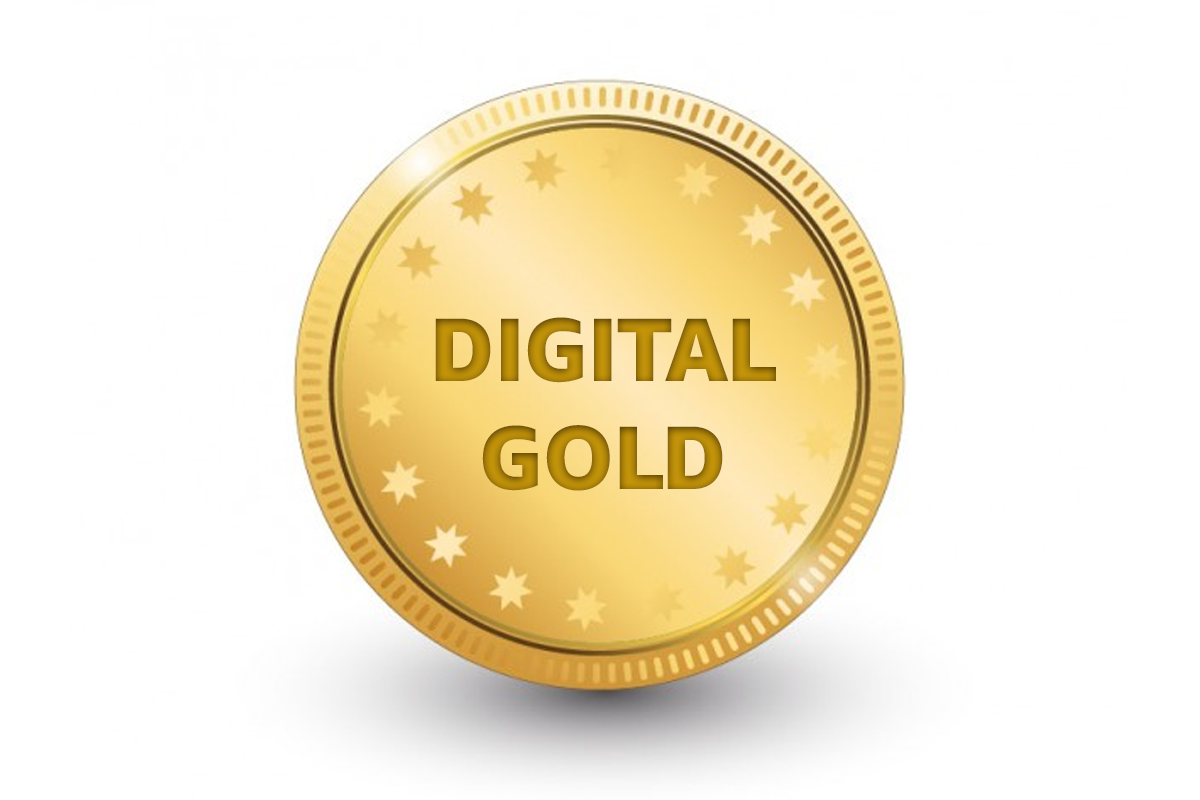Innovative strategies for paying down multiple credit card balances first

Juggling multiple credit card balances can feel like a financial tightrope walk. Each card has its interest rate, minimum payment, and outstanding balance, making it challenging to decide which one to prioritise. When overwhelmed by credit card debt, some consider займы на карту solutions as part of their repayment strategy. Before taking that step, exploring various approaches to eliminate those balances efficiently and minimise the interest you pay over time is helpful.
In the debt avalanche approach, you pay off the highest-interest credit cards first, which mathematically saves you the most money in the long run. Pay the minimum on all cards to avoid late fees and penalties, and then pay off the card with the highest interest rate. Once that card is paid off, move to the next highest interest rate card. This method requires discipline but offers the most significant financial benefit over time by reducing the total interest paid.
Quick wins for momentum
- List your credit cards from smallest to largest balance, regardless of interest rates
- Make minimum payments on all cards to stay current
- Direct extra money toward the card with the smallest balance
- After paying off that card, move to the next smallest balance
- Each eliminated card motivates you to continue the process
Zero interest breathing room
Taking advantage of balance transfer offers can provide breathing room from high interest rates, giving you time to make progress on paying down principal balances. Look for cards offering 0% introductory APR periods of 12-18 months, but be aware of transfer fees (typically 3-5% of the transferred amount). Create a repayment plan that eliminates the balance before the promo period ends, and avoid making new purchases on the balance transfer card.
Map your freedom date
- Calculate how much you can allocate monthly toward debt repayment
- Determine a realistic payoff date for each card based on your chosen strategy
- Mark essential milestones on your calendar to track progress
- Celebrate small victories along the way to stay motivated
- Adjust your timeline as needed if your financial situation changes
Power up your payments
Finding ways to increase your debt repayment capacity can dramatically speed up your journey to becoming debt-free. Temporarily reduce discretionary spending and redirect those funds to debt repayment. Consider selling unused items and applying the proceeds to your credit card balances. Earn extra income by working side gigs or overtime. Automate payments to ensure consistency in your repayment plan and review your budget monthly to maximise debt repayment amounts. The path to eliminating multiple credit card balances requires patience and strategic planning.
You can systematically reduce your debt burden by selecting the approach that aligns with your financial situation and personality. Whether you choose the mathematically optimal avalanche method or the psychologically rewarding snowball approach, consistency and commitment to your plan are key. Remember that becoming debt-free is not just about your tactics but also about changing the habits that led to the debt in the first place. As you progress on your current balances, build new financial habits to prevent future debt accumulation and set yourself on a path toward long-term economic health.








